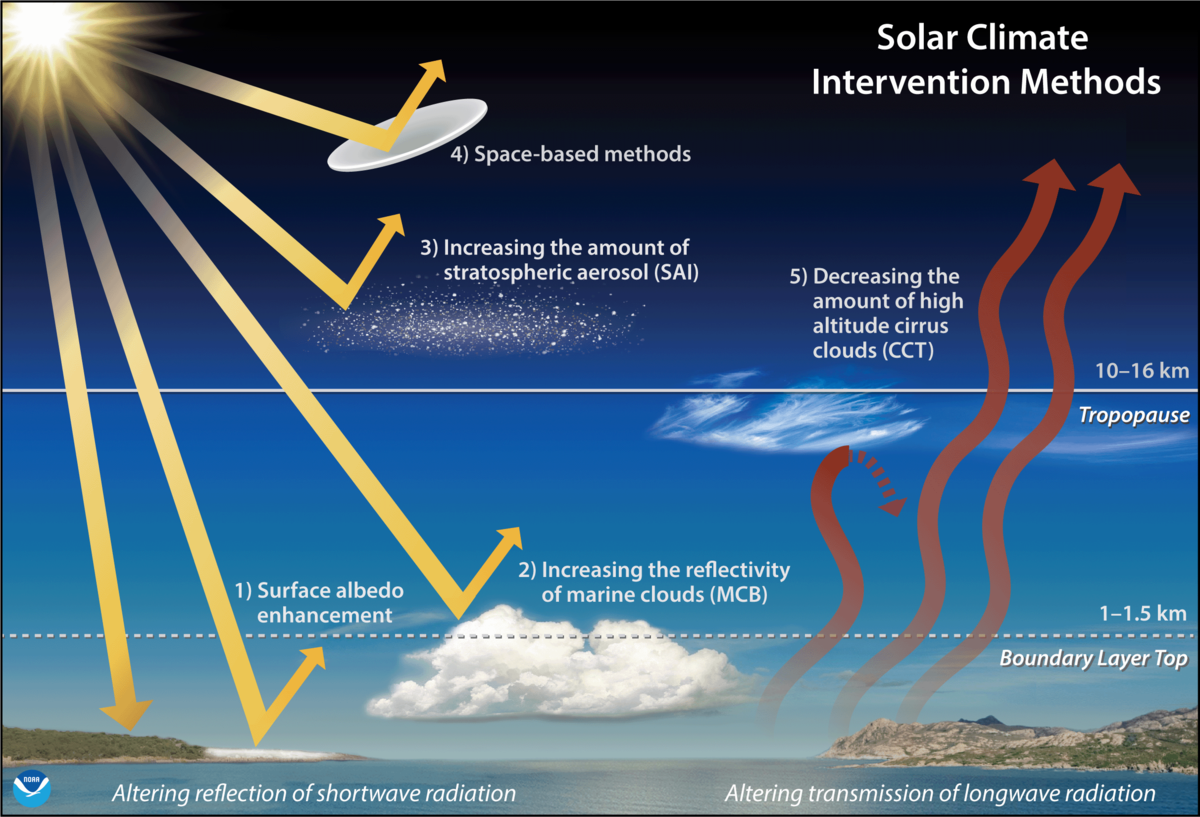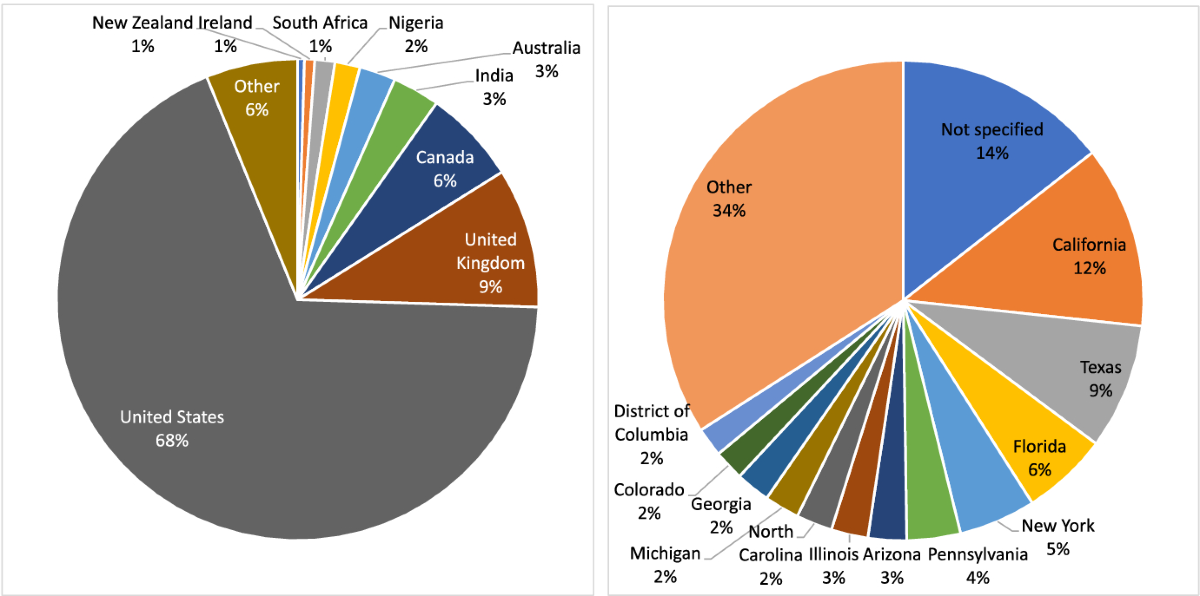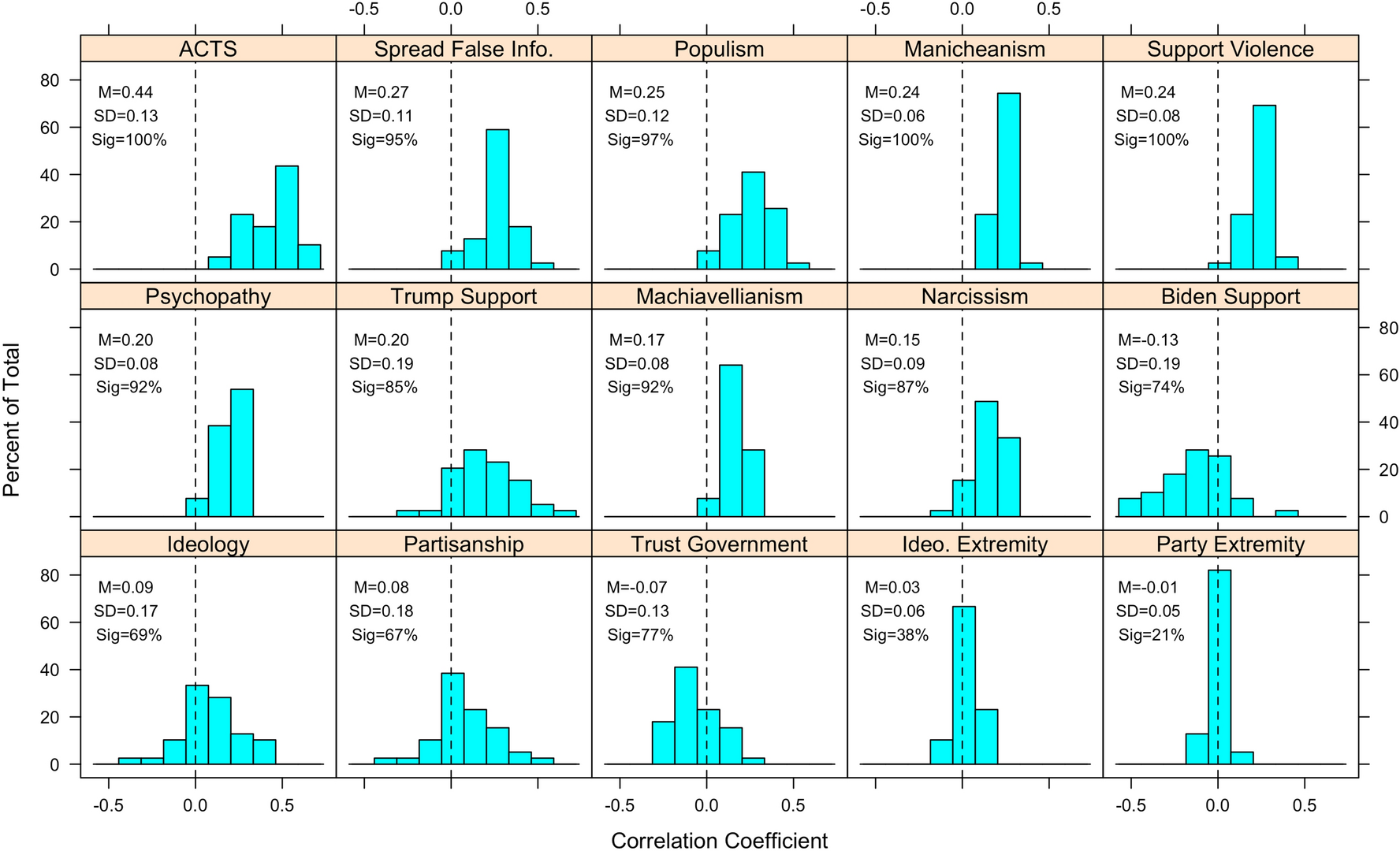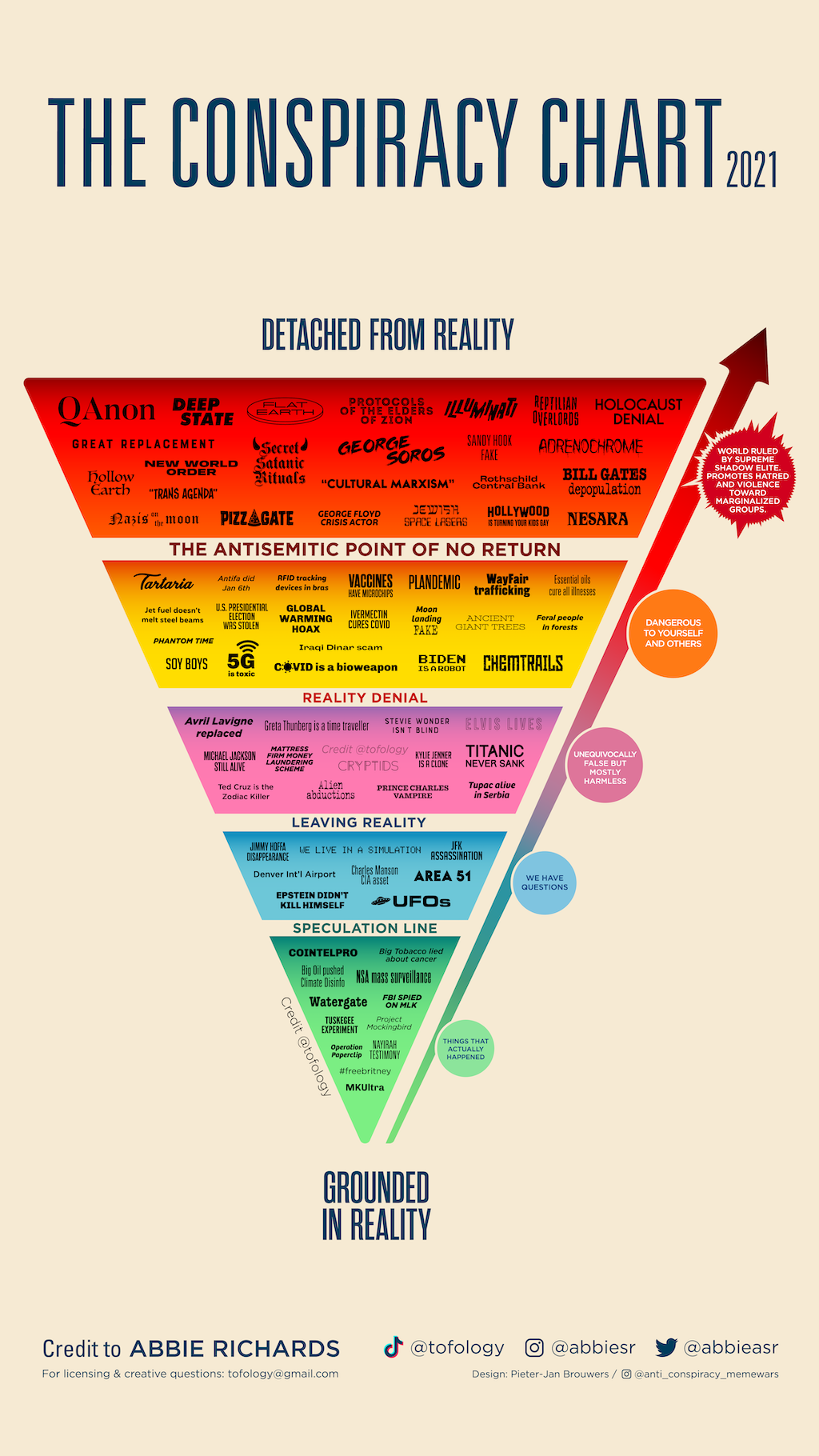The phenomenon known as “chemtrails” has sparked intense debate and speculation among conspiracy theorists and skeptics alike. Often seen crisscrossing the skies behind commercial and military aircraft, these persistent contrails are alleged by some to contain chemicals deliberately sprayed for nefarious purposes. While mainstream science dismisses these claims as unfounded, proponents of chemtrail conspiracy theories assert that they pose significant health and environmental risks. Here, we delve into the origins, beliefs, and controversies surrounding chemtrails.
1. Origins and Definition

The term “chemtrail” is a portmanteau of “chemical” and “trail,” referring to visible trails left in the sky by aircraft exhaust, specifically those believed by conspiracy theorists to contain chemicals or biological agents. Contrails, short for condensation trails, are normal phenomena caused by water vapor condensing and freezing in the cold, high-altitude atmosphere. These trails typically dissipate quickly under normal conditions.
Chemtrail conspiracy theories posit that certain aircraft, including commercial airliners and military planes, are engaged in spraying operations to release substances into the atmosphere. The alleged reasons for these operations range from weather modification and climate engineering to population control and psychological manipulation.
2. Claims and Allegations

Proponents of chemtrail conspiracy theories assert that the substances being sprayed include toxic chemicals, heavy metals, biological agents, and even mind-altering compounds. They argue that these substances pose health risks to humans, animals, and the environment, citing reports of increased respiratory illnesses, neurological disorders, and environmental degradation in areas allegedly affected by chemtrail spraying.
Additionally, some theorists suggest that chemtrails are part of a larger geoengineering effort by governments or powerful organizations to manipulate weather patterns, control agriculture, or test biological weapons covertly. They point to patents and documents allegedly supporting these claims, though mainstream scientists dispute the interpretations of such materials.
3. Scientific and Government Responses

Mainstream science and government agencies, including NASA, the Environmental Protection Agency (EPA), and the World Health Organization (WHO), categorically deny the existence of chemtrails as described by conspiracy theorists. They attribute persistent contrails to normal aircraft exhaust containing water vapor, carbon dioxide, and trace amounts of pollutants from jet fuel combustion.
Scientists argue that the perceived health and environmental effects attributed to chemtrails can be explained by other factors, such as air pollution, natural weather patterns, and coincidental spikes in illness rates. Atmospheric scientists and meteorologists emphasize that contrail formation depends on altitude, temperature, humidity levels, and prevailing atmospheric conditions, all of which are well-understood processes.
4. Social and Political Implications

The debate over chemtrails reflects broader concerns about trust in government, corporate accountability, and the spread of misinformation in the digital age. Conspiracy theorists criticize mainstream media and scientific institutions for dismissing their claims without sufficient investigation, while scientists emphasize the importance of evidence-based reasoning and peer-reviewed research in understanding complex environmental and health issues.
Social media and online communities play a significant role in amplifying chemtrail conspiracy theories, allowing like-minded individuals to share anecdotes, videos, and alternative interpretations of scientific data. This digital echo chamber reinforces beliefs, fosters distrust in official sources, and perpetuates skepticism towards established scientific consensus.
5. Educational and Public Awareness Efforts

Efforts to debunk chemtrail conspiracy theories include educational campaigns, scientific outreach, and fact-checking initiatives aimed at providing accurate information to the public. Scientists and educators emphasize the importance of critical thinking skills, media literacy, and understanding basic principles of atmospheric science to evaluate conspiracy theories critically.
Public awareness campaigns also highlight the environmental and societal implications of believing in unfounded conspiracy theories, encouraging individuals to seek reputable sources and question unsupported claims. By promoting evidence-based discourse and transparent communication, these efforts aim to mitigate the influence of misinformation on public perception and policy decisions.
Conclusion
The controversy surrounding chemtrails illustrates the complex interplay between scientific evidence, conspiracy theories, and public perception. While mainstream science refutes claims of deliberate atmospheric spraying, conspiracy theorists continue to advocate for further investigation and transparency regarding aircraft emissions and environmental impacts. As debates persist, the challenge lies in fostering informed dialogue, promoting scientific literacy, and addressing societal concerns about trust, accountability, and the responsible stewardship of our planet’s resources.




